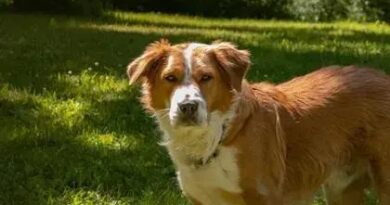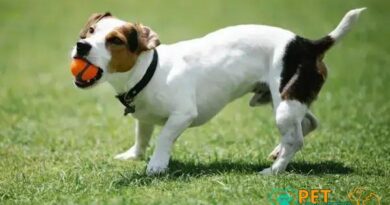What is freestyle dog training
Understanding Freestyle Dog Training
Freestyle dog training is an innovative and engaging method that combines obedience training with creative expression. This unique approach allows dog owners to teach their pets various tricks and commands while incorporating elements of dance and performance. By blending these disciplines, freestyle dog training not only enhances the bond between the dog and its owner but also provides mental stimulation and physical exercise for the canine participant.
The Origins of Freestyle Dog Training
Freestyle dog training has its roots in the competitive dog training scene, where handlers began to incorporate choreographed routines into their performances. This style gained popularity in the late 20th century, particularly in the United States and Europe. The combination of obedience and artistic expression attracted many dog lovers, leading to the establishment of competitions and organizations dedicated to this unique form of training.
Key Components of Freestyle Dog Training
At its core, freestyle dog training consists of several key components: obedience, tricks, and choreography. Obedience forms the foundation, ensuring that the dog responds reliably to commands. Tricks add an element of fun and creativity, allowing dogs to showcase their skills in entertaining ways. Choreography ties everything together, as handlers create routines that flow seamlessly, often set to music, enhancing the overall performance.
The Benefits of Freestyle Dog Training
Engaging in freestyle dog training offers numerous benefits for both dogs and their owners. For dogs, it provides mental stimulation, which can help reduce behavioral issues associated with boredom. The physical activity involved in performing tricks and routines also contributes to a dog’s overall health. For owners, this training method fosters a deeper bond with their pets, as they work together to achieve shared goals and enjoy the creative process.
Getting Started with Freestyle Dog Training
To begin freestyle dog training, owners should first establish a solid foundation of basic obedience commands with their dogs. Once the dog is comfortable with commands like sit, stay, and come, owners can introduce fun tricks such as spins, jumps, and rolls. Gradually, handlers can start to piece together these tricks into a cohesive routine, incorporating music and choreography to enhance the performance.
Choosing the Right Music for Freestyle Routines
Selecting the right music is crucial in freestyle dog training, as it sets the tone for the performance. The music should match the energy and style of the routine, whether it’s upbeat and lively or slow and graceful. Handlers often experiment with different genres to find the perfect fit for their dog’s personality and the tricks being performed. The right soundtrack can elevate the entire experience, making it more enjoyable for both the dog and the audience.
Training Techniques and Tips
Successful freestyle dog training requires patience, consistency, and positive reinforcement. Using treats, praise, and play as rewards can motivate dogs to learn new tricks and routines. It’s essential to break down complex tricks into smaller, manageable steps, allowing dogs to grasp each component before moving on to the next. Regular practice sessions, combined with a fun and relaxed atmosphere, will help reinforce learning and build confidence in the dog.
Participating in Freestyle Competitions
For those interested in showcasing their skills, freestyle dog training competitions provide an exciting opportunity. These events often feature various categories based on skill level and style, allowing participants to compete against others and receive feedback from judges. Competing can be a rewarding experience, as it not only highlights the hard work put into training but also fosters a sense of community among dog enthusiasts.
Freestyle Dog Training as a Lifestyle
Freestyle dog training can become a fulfilling lifestyle for both dogs and their owners. It encourages regular practice, socialization with other dogs and handlers, and participation in events and workshops. Many enthusiasts find joy in sharing their experiences and knowledge with others, creating a supportive network of fellow dog lovers. This lifestyle promotes not only the well-being of the dog but also the personal growth of the owner as they explore the creative possibilities of training.
Resources for Freestyle Dog Training
Numerous resources are available for those interested in freestyle dog training, including books, online tutorials, and local classes. Joining clubs or organizations dedicated to freestyle can also provide valuable support and networking opportunities. Engaging with the freestyle community can inspire new ideas, techniques, and friendships, making the journey of training even more enjoyable and rewarding.




